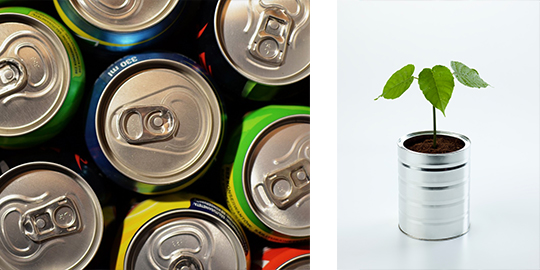Facts & Figures
The story of aluminium in a few significant points
Aluminium in nature: abundant yet discreet
■ Like all the metals in the universe, aluminium was formed in the core of the first stars when they collapsed then produced gigantic explosions.
■ Aluminium makes up nearly 8% of the earth’s crust. It is therefore the third most abundant element, after oxygen and silicon. However it is not found in nature in the form of a metal; it is always combined with other atoms to form composite ores.
■ Aluminium is one of the lightest metals in the world. (⅓ of the density of steel and iron, ¼ of that of lead or gold, lighter than titanium).
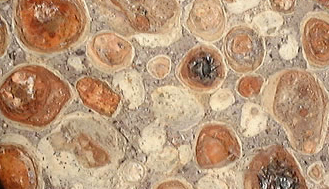
France has played a pivotal role in the discovery and use of aluminium


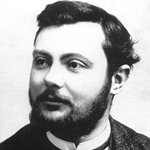

Aluminium in the key events of history
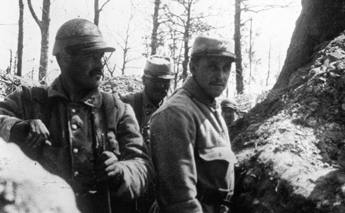
In the trenches of the First World War, the French soldiers (Poilus) reclaimed fragments of aluminium from shells to make everyday items or small works of art.

In the Second World War, aluminium was a strategic resource for the construction of aircraft and warships. The USA overtook German production in 1944.
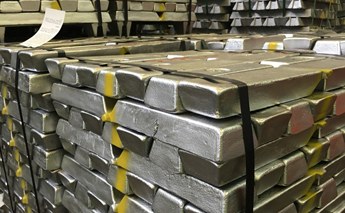
The reconversion of American industry at the end the war saw a boom in the use of aluminium in furnishings, decoration, sports, etc.
Some facts and figures about the production of aluminium production
Aluminium production is a complex yet fascinating process.
■ World production of primary aluminium (excluding recycling) totalled around 60 million tonnes just in 2017 (50% more than in 2009)
■ The four main producers of aluminium are China, Russia, Canada and India (China is also the biggest consumer)
■ 4 to 5 tonnes of bauxite are needed to produce 2 tonnes of alumina in order to extract one tonne of aluminium.
Use of aluminium in France and worldwide
■ Primary aluminium is predominantly used in industry, and therefore by countries producing goods. The biggest users of aluminium are thus quite logically China, the European Union, the USA and Japan.
■ On a global scale, one third of aluminium production is used in the building industry. A slightly smaller proportion is used in the transport, automotive, naval and aviation sectors. Finally, the electrical and electronics industry is the third largest user of aluminium.
■ The aluminium foil we use on a daily basis only represents 2% of the global consumption of aluminium.
■ One French person uses 20 kilos of aluminium per annum on average.

Did you know?
Legend has it that at the court of Napoleon III, the Emperor and his family used aluminium cutlery, at the time the most expensive metal in the world. His guests had to make do with “plain” cutlery in gold or silver.
The astonishing properties of aluminium
Although aluminium was the most expensive metal in the world when it was discovered, its price is now much lower than that of copper. Aluminium is an excellent conductor of electricity. Almelec has gradually been replacing copper in French installations since the 1980s.
Albeit conductive, aluminium is not magnetic. This greatly simplifies the sorting process between aluminium and other metals at the time of recycling. Aluminium’s lack of magnetism makes it the ideal material for the design of medical imaging equipment.
In its natural state, aluminium has a thin surface layer of oxide, which protects it from corrosion with no additional treatment. This natural protection gives it a matt appearance. With a special treatment, this effect can be removed to make lightweight mirrors with very high reflectance (ideal for space telescopes)
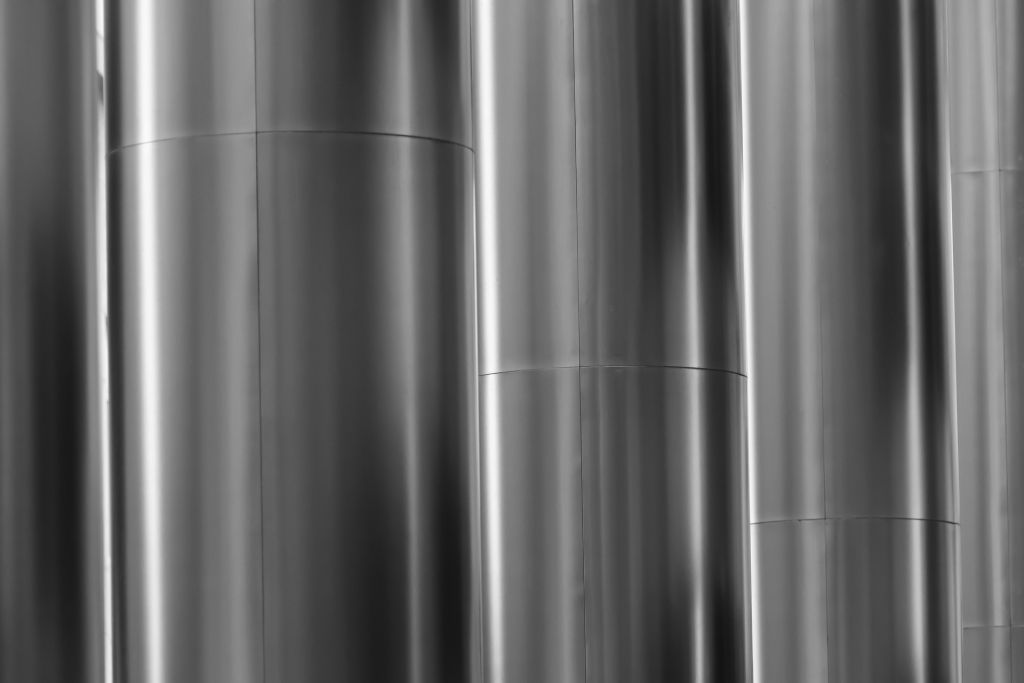
Recycling aluminium
Despite the very high annual production of aluminium, its recycling rate is very high. It is estimated that nearly ¾ of all the aluminium ever produced is still in circulation, in one way or another. 100% of aluminium can be recycled an infinite number of times. In fact: recycled aluminium has the same physical properties as primary aluminium.
Nearly 90% of the aluminium in the building and transport sectors is recycled. The aluminium recycling process only requires 5% to 20% of the energy needed to produce primary aluminium (as it does not involve bauxite conversion or alumina electrolysis)
